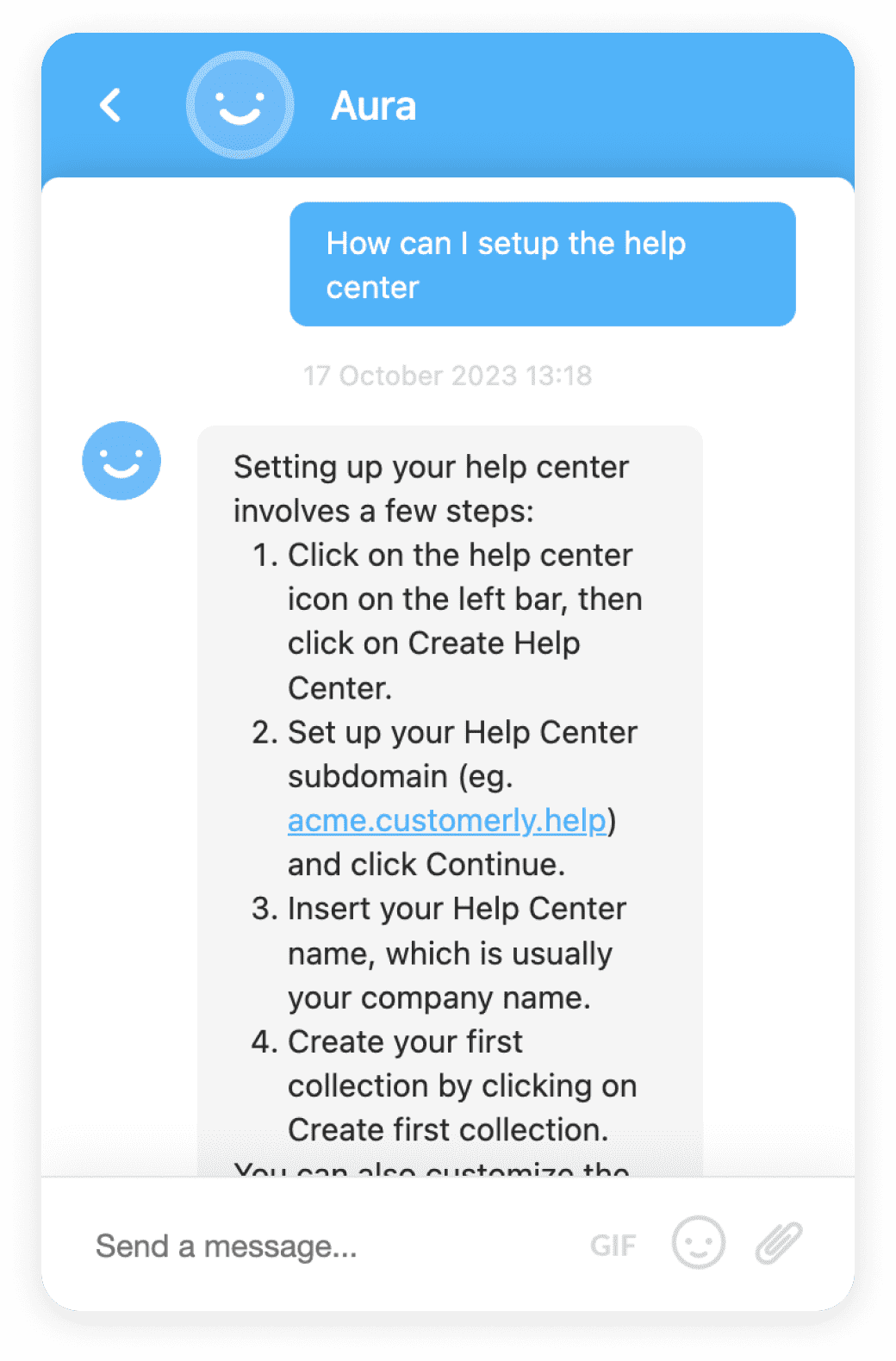Cost Per Engagement
Cost Per Engagement (CPE) is a digital advertising model where advertisers pay for each user interaction with a specific ad unit.
Definition
Cost Per Engagement (CPE) is a digital advertising model in which advertisers pay for each user interaction or engagement with a specific ad unit. Unlike Cost Per Click (CPC) or Cost Per Impression (CPM), advertisers only pay when users engage with the ad in a meaningful way. This can include actions like clicking a link, sharing the content, or completing a form.
Usage and Context
In the digital advertising space, CPE is often used in social media and content marketing campaigns where engagement is a key metric. It's particularly useful for campaigns that aim to build brand awareness, boost user engagement, or promote user-generated content. It’s also commonly used in influencer marketing where the objective is to generate conversation and engagement around a brand or product.
FAQ
What is considered an engagement in CPE?
An engagement in the context of CPE can be any meaningful interaction with an ad. This includes clicks, shares, likes, comments, form completions, and more.
How is CPE calculated?
CPE is calculated by dividing the total cost of the campaign by the total number of engagements. This gives the cost for each engagement.
Related Software
There are various software and tools that can help in tracking and optimizing CPE. Some of these include Google Ads, Facebook Ads Manager, and Hootsuite.
Benefits
CPE offers several advantages over other advertising models. It ensures that advertisers only pay for meaningful interactions, making it a cost-effective choice for campaigns focused on user engagement. It also provides detailed insights into user behavior, helping brands to understand their audience better.
Conclusion
In conclusion, CPE is a valuable metric for any digital advertising campaign. By focusing on user engagement, it provides a more accurate measure of campaign effectiveness and helps brands to connect more deeply with their audience.
Related Terms
CPC (Cost Per Click)
CPC (Cost Per Click) is an advertising metric that represents the amount paid by an advertiser for each click on their ad.Content Marketing
Content Marketing is a strategic marketing approach that focuses on creating and sharing valuable, relevant content to attract and engage a target audience.Content Marketing Analyst
A Content Marketing Analyst is a professional who analyzes and enhances a company's content marketing strategies, contributing to better customer engagement and increased sales.Content Marketing Director
A Content Marketing Director is a professional role that involves overseeing all content marketing initiatives within an organization.Content Marketing Manager
A Content Marketing Manager is a professional who oversees all marketing content initiatives to drive sales, engagement, and positive customer behavior.Content Marketing Strategist
A Content Marketing Strategist is a professional who designs and implements a company's content strategy to drive customer engagement and business goals.Influencer Marketing
Influencer Marketing is a social media marketing strategy that uses endorsements from influencers to promote products or services.Interactive Content Marketing
Interactive content marketing is a digital strategy that engages the audience by requiring their active participation, offering benefits like increased engagement and customer insights.Online Marketing Analyst
An Online Marketing Analyst is a professional who analyzes data related to online marketing efforts and provides insights to improve strategies.Online Marketing Director
An Online Marketing Director is a senior executive responsible for planning and managing a company's digital marketing strategy.Online Marketing Manager
An Online Marketing Manager is a professional who oversees and implements the online marketing strategies for a company.Online Marketing Specialist
An Online Marketing Specialist is a professional who uses digital strategies to promote a business's products or services online.Online Marketing Strategist
An Online Marketing Strategist is a professional who develops and implements effective online marketing strategies to promote a company's products or services.SMM (Social Media Marketing)
SMM (Social Media Marketing) is a form of internet marketing that involves creating and sharing content on social media networks to achieve marketing and branding goals.Social Media Marketing
Social Media Marketing is a digital marketing strategy that uses social media platforms to promote a product, service, or brand.Social Media Marketing Analyst
A Social Media Marketing Analyst is a professional who uses data from social media platforms to help businesses optimize their marketing strategies.Social Media Marketing Director
A Social Media Marketing Director is a professional responsible for developing and implementing marketing strategies for a business's social media sites.Social Media Marketing Manager
A Social Media Marketing Manager is a professional who manages and optimizes a company's presence on social media platforms to increase brand awareness and sales.Social Media Marketing Specialist
A Social Media Marketing Specialist is a professional who uses social media platforms to promote a brand, product, or service, increasing online presence and improving marketing and sales efforts.











